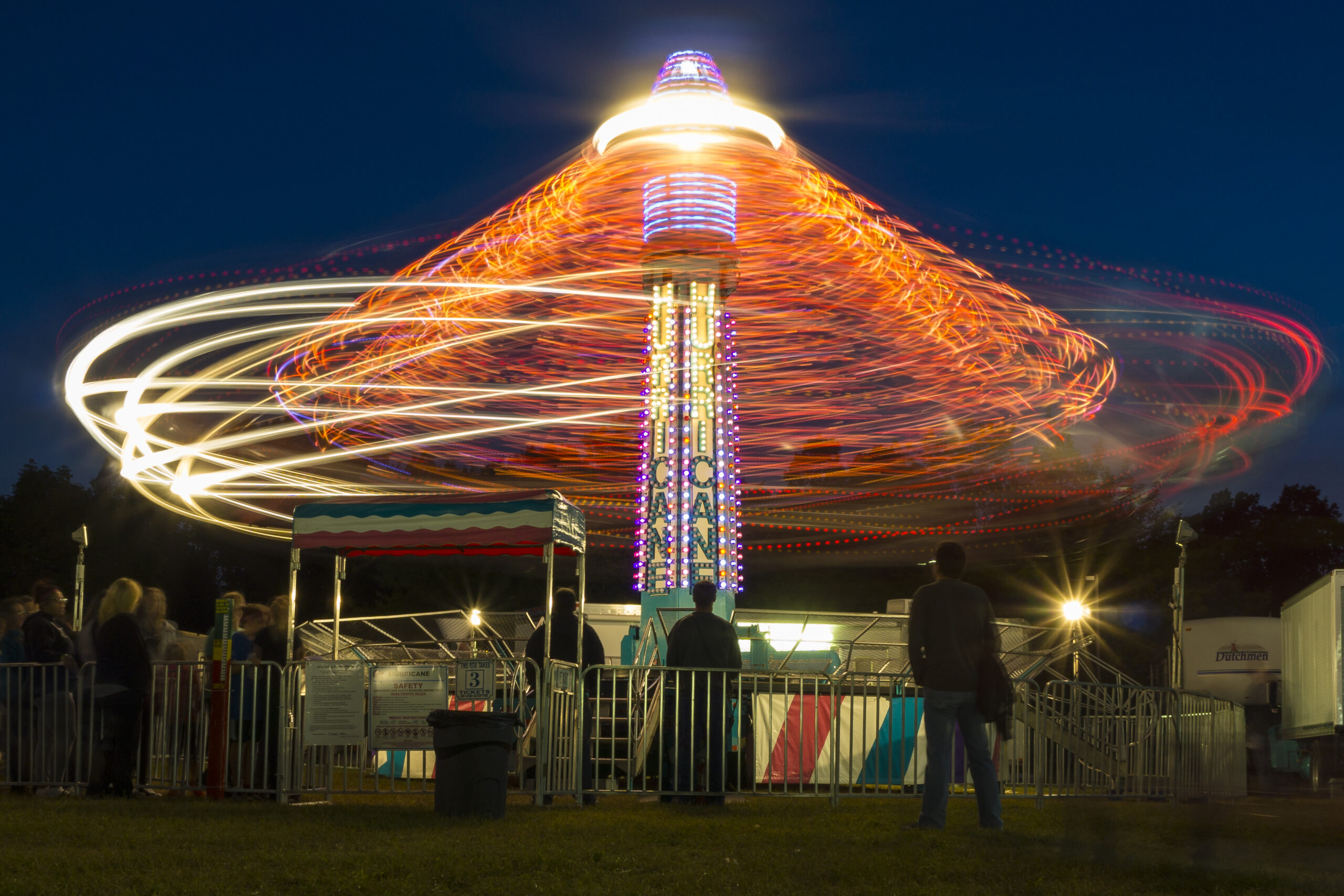
So you’ve mastered the exposure triangle, sorted out your post-processing and in your spare time all you think about is photography. But then………. all of a sudden your images start feeling a bit too familiar. Your next shoot feels just like the last. A friend on your favorite photo sharing site asks if your latest image was a re-post. In a flash it becomes clear; you’ve plateaued.
While there are few things more frustrating than hitting a creative wall, the satisfaction of breaking through and taking your photography to the next level is tough to beat.
In this article it’s my aim to give you a few different ideas and photographic challenges that will help spark your creativity. These exercises and image styles don’t require any fancy gear or exotic locations, just a willingness to look at the world around you a bit differently. Well, at least through your camera.
- Silhouettes
Taking advantage of less than ideal lighting in a creative way is what silhouettes are all about. The key to great silhouettes is to place your subject in front of strong backlighting and expose for the backlight, leaving your subject in shadow. Your foreground subject should be defined enough that the viewer can easily distinguish what they are looking at simply by taking in the silhouetted form.
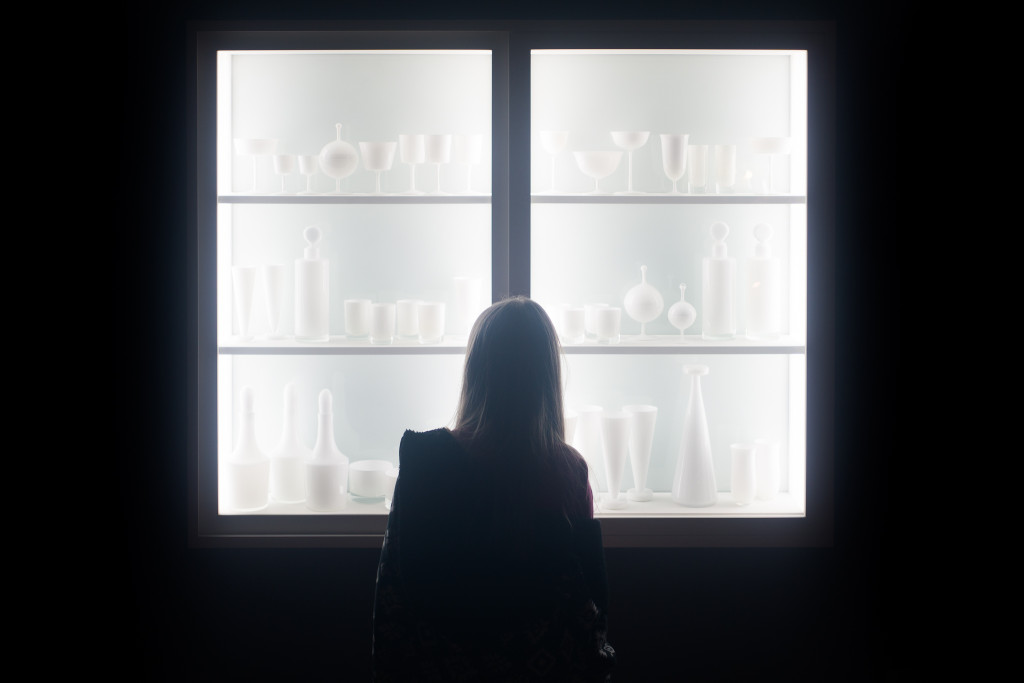
While blacking out the foreground subject is a hallmark of this style of image, don’t be afraid to let the backlighting spill gently onto the silhouetted subject for a nice rim-lighting effect as seen in the image below.
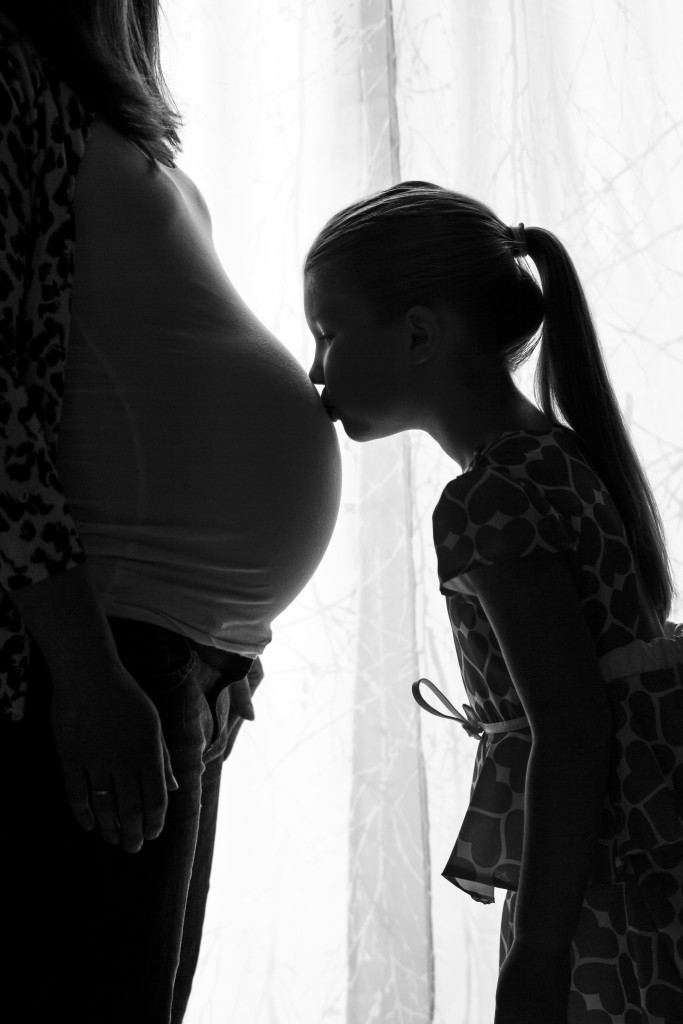
2. Night Photography
A style of shooting that intimidates some can be leveraged to make the least interesting daytime scene burst to life once night falls. While on a photo walk in the daytime it’s easy to be overwhelmed with the photographic possibilities. The beauty of night shooting is the way that the available light of your surroundings dictates your options. In a word, your choices are “simplified.” Try scanning for the pockets of light and investigate for possible subjects. When glass is present, like in the example below, consider working any reflections to add depth to your image.
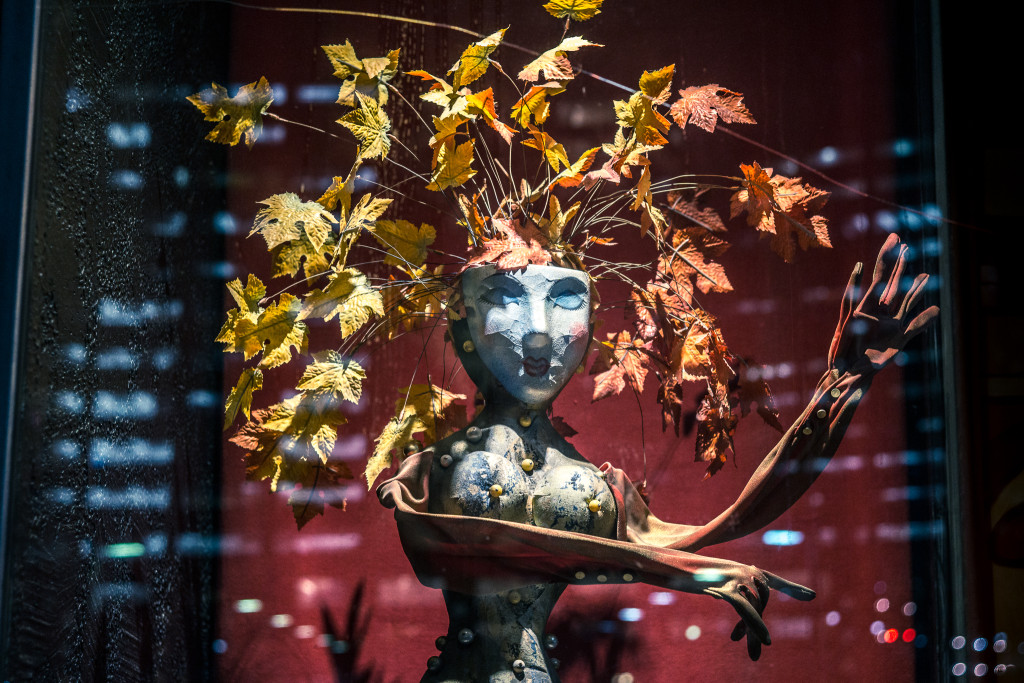
Night photography can also be a great time to practice shooting silhouettes. Vehicle headlights can provide just the type of backlight needed to highlight your subject’s form.
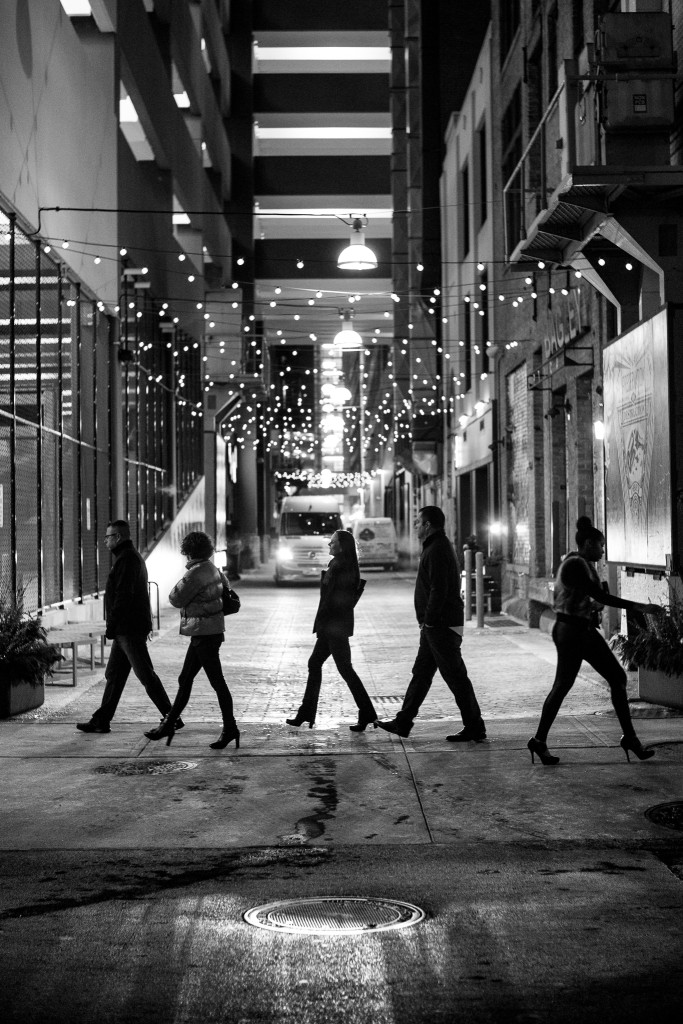
Our first two examples of night photography were shot handheld. Introducing a tripod to the party expands the possibilities. With your camera secured on a tripod or any improvised perch you find in your surroundings, you can extend shutter speeds to capture great light trails. Busy intersections shot from atop a parking garage or simply shot from the sidewalk can make for some great streaks of light across your frame. The shot below was taken utilizing a mini-tripod at a neighborhood carnival.
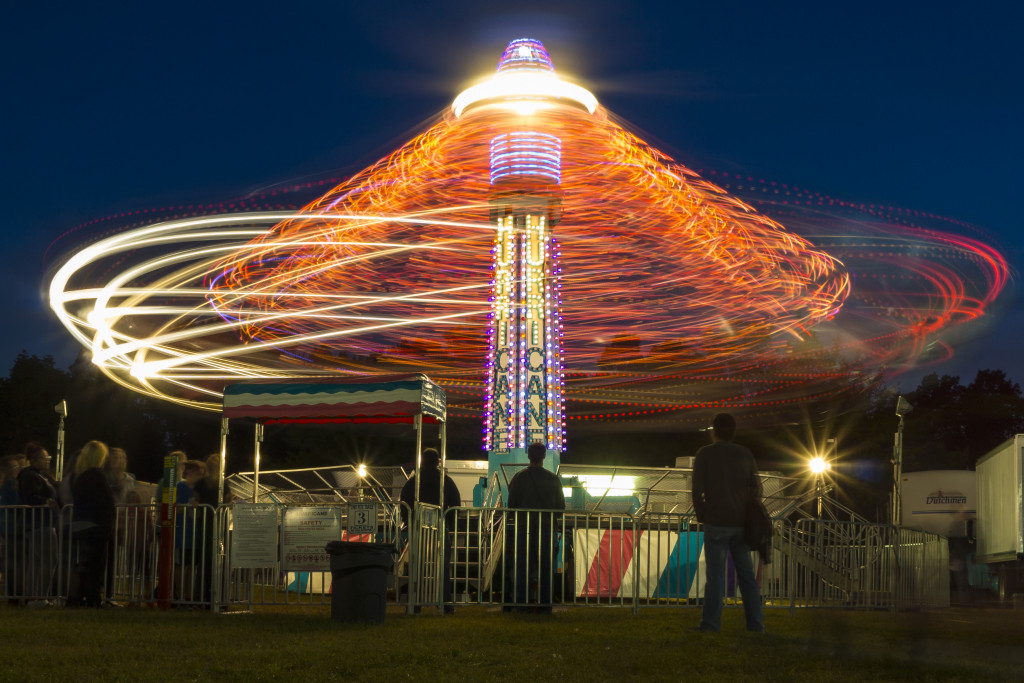
While the intention of this post is to bring inspiration and not focus too much on the technical, it’s worth mentioning that if you are shooting handheld at night without a strong light source or something to steady your camera on, noise from high ISOs or blur from extended shutter speeds can be an issue. Migrating toward the available lighting of your surroundings will help control those challenges. It’s also a good idea to have a limit in mind for your ISO and handheld shutter speed so you don’t spend 10 minutes composing a shot that exceeds the limiting factors of your equipment to provide a suitable shot.
3. Forced Perspective
This one is a lot of fun. Forced perspective takes advantage of creative compositions to make things seem smaller or larger than they are in real life. Anyone who’s ever done a Google image search of the Eiffel Tower has seen this before. However, there’s no need to get out your passport just yet. You can create shots like this anywhere with some forethought.
The keys to forced perspective are scale and distance, but your image need not have both. Below are two images with forced perspective that each use one of those two ingredients.
This first shot uses scale to force the perspective. A fairly detailed toy car is placed in the foreground. The camera is brought down very low. I may have actually got on the ground. This was done to achieve a viewing angle that would feel more natural when looking at a car. It also meant that any people walking into the frame would tower over the car.
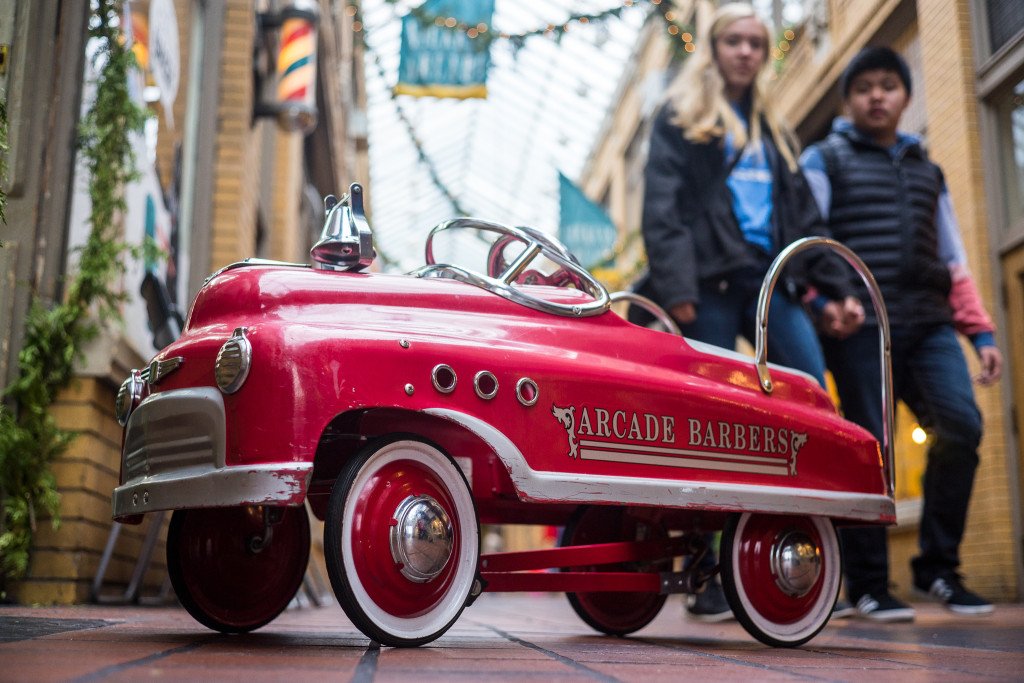
This next shot uses distance to separate the foreground and background subjects. A wide angle lens was used to capture this very strange duck blind. People walking along the shore were placed between the wagon wheels making them look tiny.
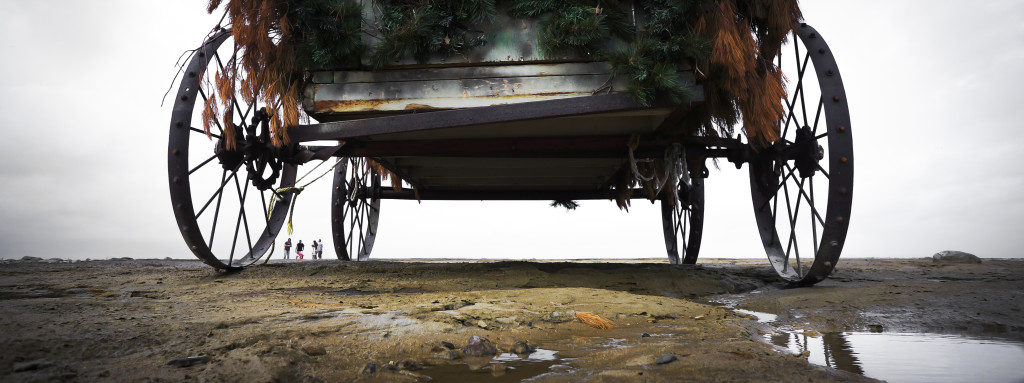
4. Art Exhibitions
While certainly not a photographic style, viewing art created by others, photography or otherwise, can be a great way to break through a creative wall. These spaces can also be a stunning backdrop for photos taken in the exhibition space. I like to pay attention to the compositions used by painters as well as the way they’ve painted the light illuminating their subjects.
While taking in the art I am always on the lookout for photographic opportunities that might arise from either patrons observing the pieces or unique ways of photographing the art itself.
The image below uses symmetry and makes an attempt at humor with the subject of the painting “catching me” taking the shot of the stranger.
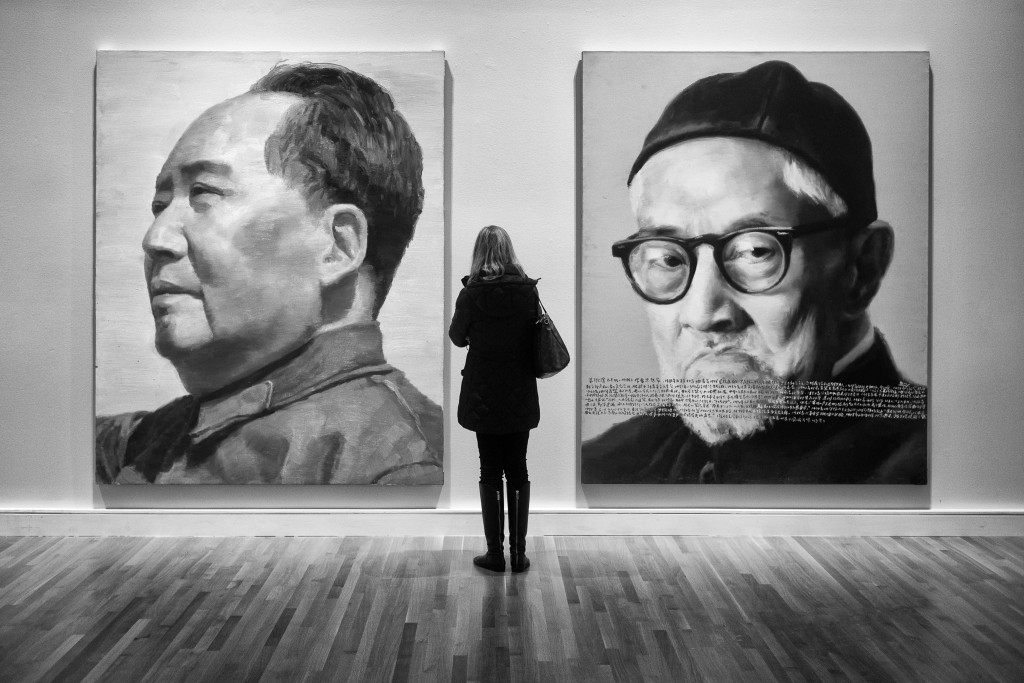
In the next image we see a photo of a photograph reflected in a table that was displaying many of the photographer’s images under glass. The negative space in the room helped to draw my attention to this opportunity.
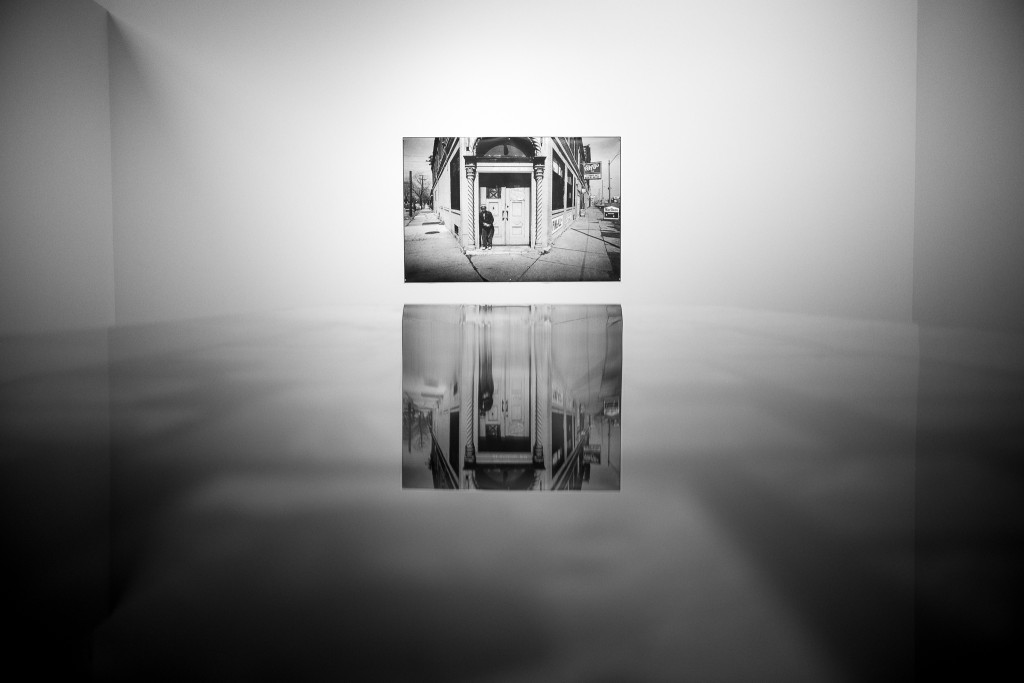
While subtly photographing in exhibition spaces can be a lot of fun, it’s by no means necessary to shoot while taking in the art to spark creativity. Inspiration could easily come from simply observing and [gasp,] leaving your camera at home………..nah, who am I kidding. Always bring your camera. Even if you don’t use it. (Use it.)
5. Body Cap Pinhole Camera
Bringing it back to basics. In many photography 101 style courses the first camera you get to use is a pinhole camera. The idea is to simplify the process and slow the photographer down. It also forces attention to composition, as apart from the exposure length, composition is the only thing you’ll have control of.
I don’t suggest that you make your sole body cap into a pinhole lens. Spare caps can be had online for a few dollars or at your local camera shop.
Once you have your spare cap on hand, it’s as simple as safely drilling a hole approximately 5mm as near the very center of your cap as you can. I’d suggest placing the cap on a block of wood before you drill. DO NOT drill the hole while the cap is on your camera. Once you have finished drilling you’ll need to securely tape a piece of aluminum foil over the hole. Finish it off by poking a hole with a thin pin in the center of the piece of foil. Now your pinhole body cap is ready to see some action.
Determining your shutter speed will take some experimenting unless you are using a mirrorless camera. A tripod or steady surface is generally a necessity. Start with 10 sec. indoors or 5 sec. outdoors. Simple scenes tend to work best for pinhole photography as resolution will be very low. The shot below was a 10 sec. exposure taken on my dining room table.
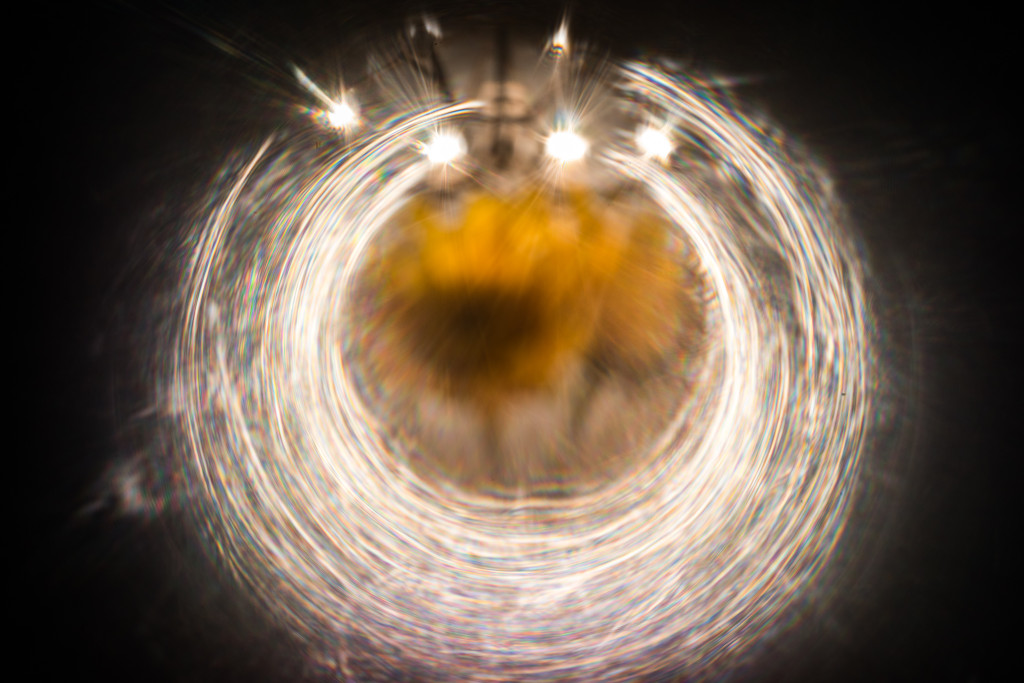
Here is where I should mention that I made my pinhole cap a bit differently. Instead of the aluminum foil taped over a larger hole I used a soldering iron to carefully heat a pin and melt a small hole. This variation resulted in the circular artifacts in the image above. They only show when pointed at a light source and I quite like the effect. If you do not have experience with a soldering iron I do not recommend this method.
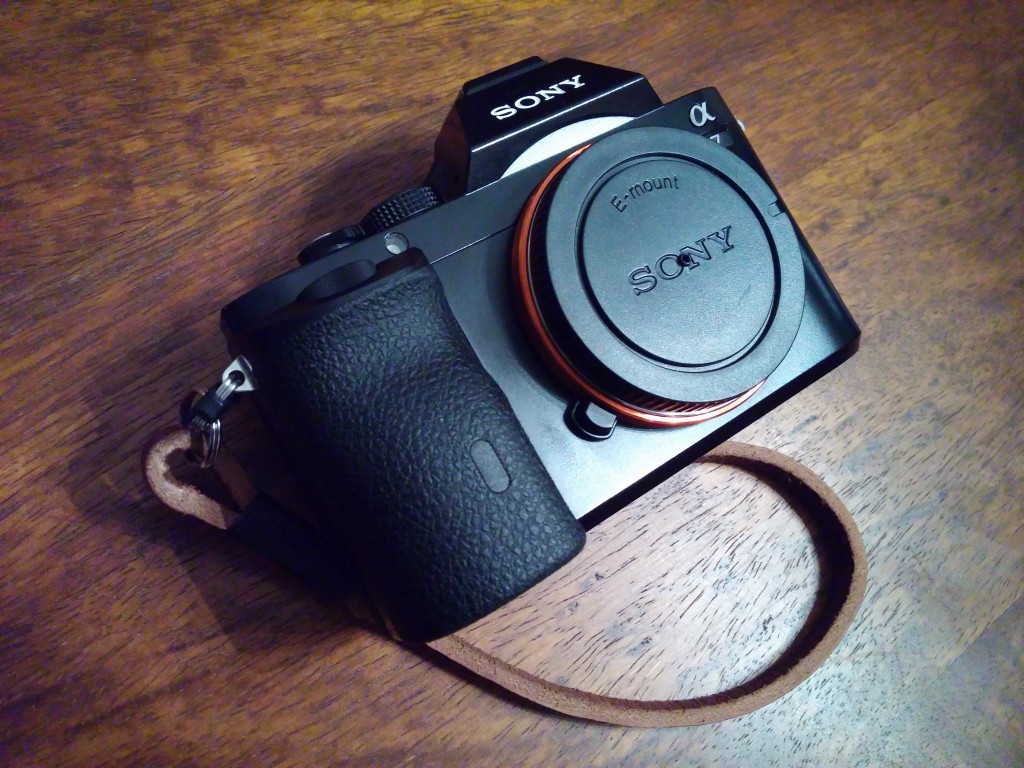
A suggestion for pinhole photography that I enjoyed is daytime long exposure. A pinhole camera is like working with many stops of neutral density filter. You may as well take advantage of it.
Your creativity – sparked
I hope that these five slightly outside the box styles and exercises come in handy the next time you feel like you’ve shot everything there is to shoot. Consider giving a few of them a try and you may be surprised at the way it changes how you shoot. If you give any of these ideas a shot I’d love to hear how it went. Feel free to leave a comment below or contact me via any of my social links at the bottom of this page.
For more project ideas, go here.
You can read Andy’s past posts here.

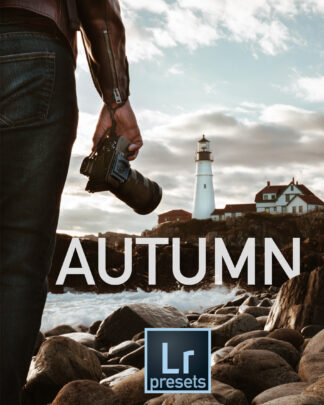

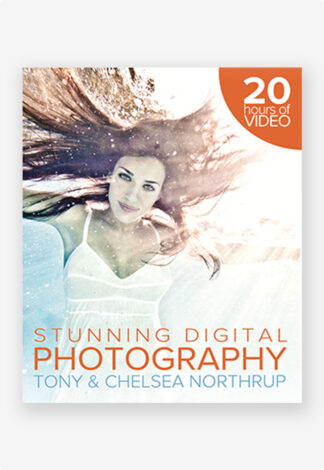
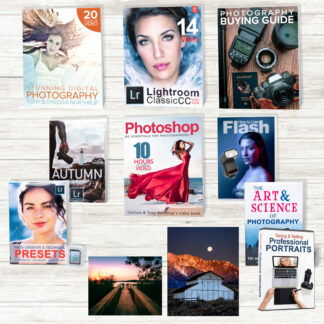
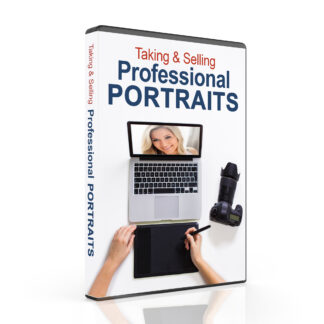
Comments are closed.